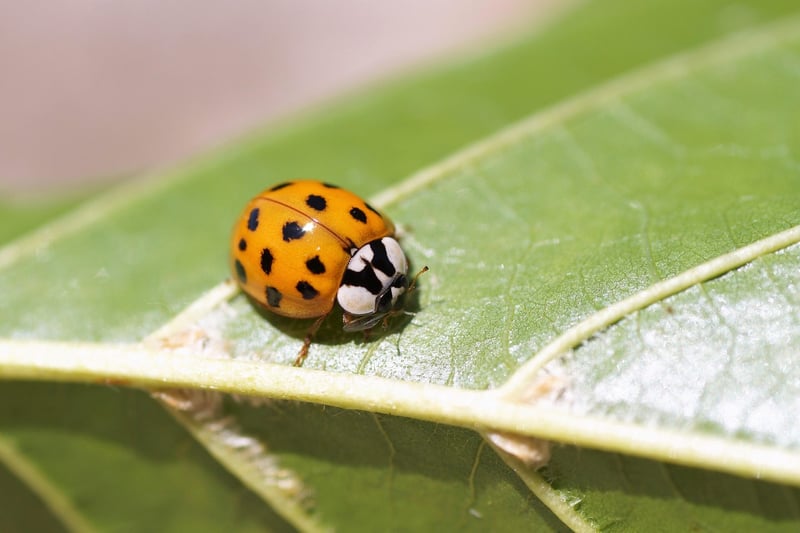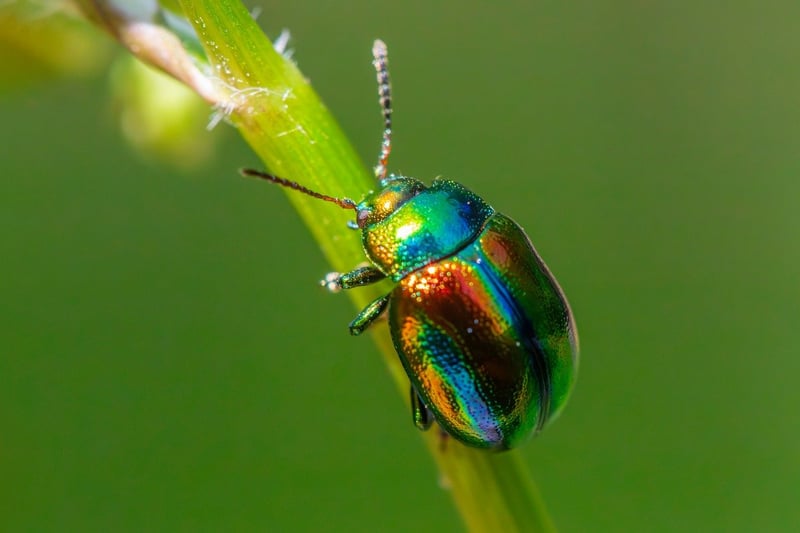Pest Control Strategies
Keep Your Garden Thriving: Pest Control Strategies
Welcome to our guide on how to maintain a healthy and thriving garden by effectively managing pests. A flourishing garden not only adds beauty to your surroundings but also provides a sense of accomplishment. However, unwanted pests can quickly turn your garden into a battleground. By implementing the right pest control strategies, you can protect your plants and keep your garden looking its best.
Identifying Common Garden Pests
Before tackling pest control, it's essential to identify the common pests that may be invading your garden. Some of the typical garden pests include aphids, slugs, snails, caterpillars, and mites. Each pest may require a specific approach for effective control.
Organic Pest Control Methods
Opting for organic pest control methods is not only environmentally friendly but also safe for your plants, pets, and beneficial insects. Some effective organic pest control strategies include:
- Handpicking: Remove pests such as caterpillars and beetles by hand and drop them into a bucket of soapy water.
- Beneficial Insects: Introduce beneficial insects like ladybugs and lacewings that feed on garden pests.
- Neem Oil: Use neem oil as a natural insecticide to control aphids, mites, and other soft-bodied insects.
- Diatomaceous Earth: Sprinkle diatomaceous earth around plants to deter slugs, snails, and other crawling insects.
Preventative Measures
Preventing pest infestations is key to maintaining a healthy garden. Here are some preventative measures you can take:
- Cleanliness: Remove debris and weeds regularly to eliminate hiding spots for pests.
- Healthy Soil: Maintain nutrient-rich soil to promote strong plant growth and resilience against pests.
- Companion Planting: Plant pest-repelling herbs and flowers alongside susceptible plants to deter pests.
- Barriers: Use physical barriers like row covers to protect plants from flying insects.
Conclusion
By combining organic pest control methods with preventative measures, you can create a thriving garden that is resilient to pest attacks. Remember to regularly inspect your plants for signs of pest damage and take prompt action to prevent infestations. A healthy garden is not only a joy to behold but also a sanctuary for beneficial insects and wildlife.
Happy gardening!


Images source: Pixabay
